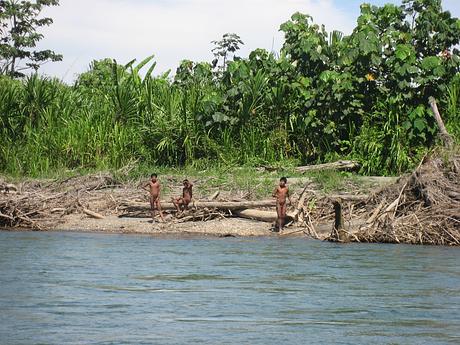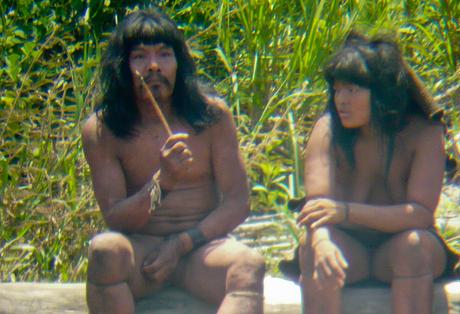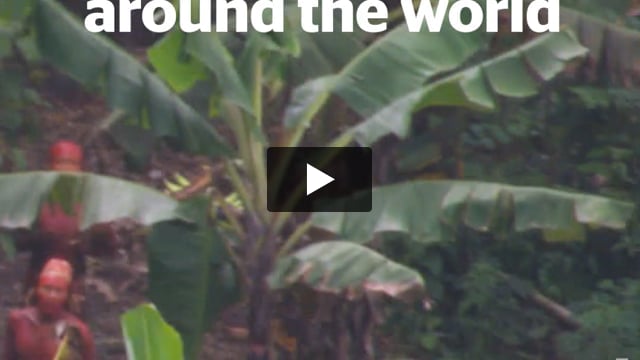Alarm over tourists’ encounters with uncontacted Indians in Peru
August 28, 2014

© G. Galli/Survival
This page was created in 2014 and may contain language which is now outdated.
Peruvian Indians have issued an urgent appeal for government action following a spate of encounters between highly vulnerable uncontacted Indians and tourists.
Dozens of encounters between uncontacted Mashco-Piro Indians, tourists and settlers have been recorded near the border of the Madre de Dios Reserve in south-east Peru in recent years. Tourists traveling through the area have taken photographs and left items of clothing on the riverbanks for the Indians, sparking fears that “human safaris” are spreading to the region.
Amazon Indian organization FENAMAD traveled to the Madre de Dios Reserve last week, and has issued a damning statement against government inaction.
FENAMAD President Klaus Quicque said in a press statement, “It’s high time the Peruvian government put words into action instead of these endless meetings about devising protocols and policies. The uncontacted Indians are coming out of the forest but the authorities say and do nothing.”
All over Peru, uncontacted Indians are being forced to flee from their Amazon homes as cocaine traffickers, loggers and oil companies invade their lands.
A group of uncontacted Indians believed to have fled from Peru across the border into Brazil made international headlines earlier this month after members of the tribe were filmed by Brazilian authorities for the first time.

Uncontacted Indians are the most vulnerable societies on the planet. Whole populations are being wiped out by violence from outsiders who steal their land and resources, and by diseases like flu and measles to which they have no resistance. Several members of the recently contacted tribe rapidly contracted respiratory disease.
All uncontacted tribal peoples face catastrophe unless their land is protected. Over 130,000 people have written to the Peruvian government urging it to protect uncontacted tribes’ land, but there has been no official response to the urgent situation.
Survival International, the global movement for tribal peoples’ rights and FENAMAD are calling on the Peruvian government to:
- Man and equip guard posts to protect the Indians and prevent the intrusion of illegal invaders into their land.
- Prevent tour operators from stopping their boats when the Indians appear; or allowing tourists to take photographs of the Indians; or leaving items as gifts for the tribes.
- Expand the Madre de Dios Reserve to include the area initially proposed for the protection of uncontacted tribes (of two million hectares initially proposed, less than half has been included in the Madre de Dios Reserve).
- Create an emergency contingency plan for cases of contact, and measures to prevent unwanted contact.
Survival’s Director Stephen Corry said today, “What we’re seeing with uncontacted tribes today is merely a continuation of the genocide that started with the arrival of the first European colonists in the Americas. Whole populations were destroyed when outsiders stole their land and resources, and spread diseases to which they had no immunity. It’s still happening. Peru must act immediately before more tribes are annihilated.”
Notes to editors:
- New images of the Mashco-Piro can be seen here: FENAMAD
- More than 12,000 people have signed Survival’s urgent recent petition for the protection of uncontacted tribes’ land.


